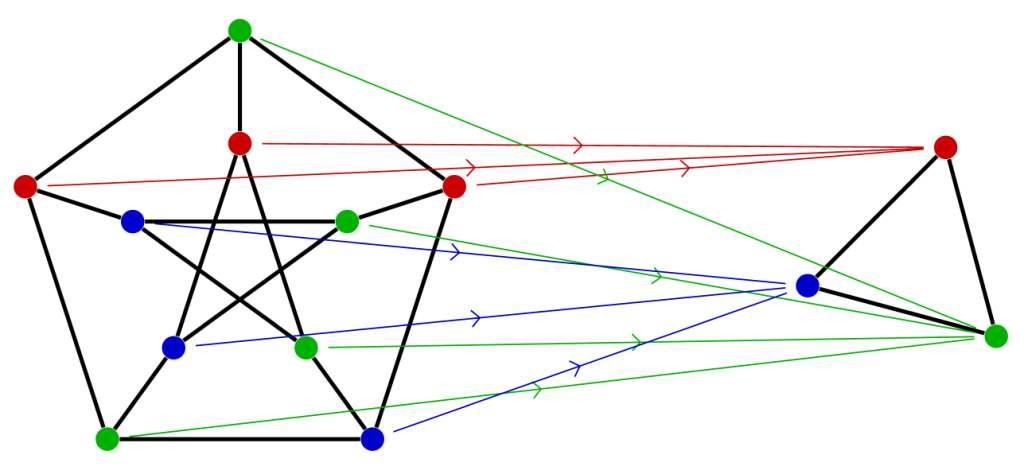By Charles Gray
Order is everywhere. I am three years younger than my husband. My current house is smaller than my last. I spent the first fifteen years of my working life as a musician, so order and structure are daily concepts for me. G major has an F#, and D major has both an F# and a C#. The keys with sharps are built around the circle of fifths. Pieces of music are structured in forms such as binary and ternary. Whilst it ostensibly appears strange to transition from music to mathematics, the study of order has actually been surprisingly natural.
My specialisation in music was musicology, the theory of music, and the mathematics I am now focused on is similarly abstracted. I am not much of a performer; and similarly am not much of an applied mathematician. My summer vacation project looked at the order of networks. Just as in music, however, I have not been investigating applications, but the theory behind them. My cursory understanding of the applications of my research is that networks are everywhere, we deal with timetables every day, and the internet is an immense network. We can benefit from making networks easier to understand and work with.
My project looked at the order of networks, that is, what I would call a digraph or directed graph. With my supervisors, Brian Davey and Jane Pitkethly, I re-examined problems in graph theory from an order-theoretic perspective. We say a graph is n-colourable if you can colour the nodes with n colours so that no two nodes of the same colour have an edge between them. The n-colourability of a graph is equivalent to the existence of a homomorphism, or edge-preserving map, from that graph to a graph of n vertices where each node is connected to each other.
The study of order has been, for me, a similar experience to the study of 17th century counterpoint. Whilst both disciplines are very technical, they are also very beautiful, both symbolically and conceptually. Working on a proof is like learning a fugue, each day you get a deeper understanding, hearing melodies or making links mathematically, that were previously undiscovered. While the applications of my work are not immediately obvious, I believe the beauty is.
Charles Grey was one of the recipients of a 2013/14 AMSI Vacation Research Scholarship.

